This cattle market information is selected from the weekly report from Canfax, a division of the Canadian Cattlemen’s Association. More market information, analysis and statistics are available by becoming a Canfax subscriber by calling 403-275-5110 or at www.canfax.ca. Fed prices lower Alberta fed prices eased lower last week on reduced post-July 4 summer wholesale demand […] Read more
Beef cattle
Canfax report
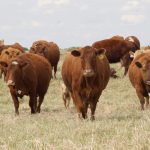
Beef research receives sustainability funding
The federal government is providing more than $12 million to the Canadian Cattle Association as part of more than $21.7 million for research to promote environmental and economic sustainability and resilience in the beef industry. It will fund 23 projects under the new federal Beef and Forage AgriScience Cluster, which will be administered by the […] Read more
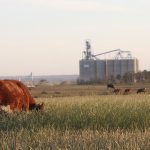
Alta. takes steps to activate AgriRecovery
The province, which contains about 70 percent of Canada's national cattle herd, is now heading into what are typically summer months with little precipitation. Although the dry conditions are also affecting crop production, an ongoing lack of feed coupled with damage to forage crops is causing increasing concern among Alberta's beef producers.
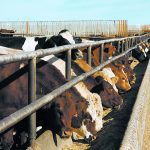
Alta. increases feeder loan guarantee
"We want to ensure cattle feeders are able to get the financing they need in time for the fall run," said provincial agriculture and irrigation minister R. J. Sigurdson.
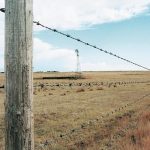
‘It’s a disaster’
Saskatchewan has seen its cattle numbers drop by nearly 20 percent in the past two years with the province hosting the second-largest beef herd in Canada behind Alberta.
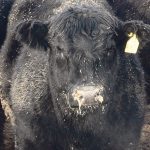
Bovine TB case in Saskatchewan could have painful consequences
Two cows from a Saskatchewan ranch have tested positive for bovine tuberculosis, according to the Canadian Food Inspection Agency . In February, the U.S. Department of Agriculture notified CFIA of a positive test for bovine TB in a tissue sample from a cow exported to an American feedlot from Saskatchewan in September 2022. The herd […] Read more

Making a case for the cow-calf sector
Unfortunately, the cow-calf sector is viewed as a significant source of greenhouse gases by some. Ill-informed journalists, academics and politicians cite fossil fuel use, fertilization, enteric emissions and agricultural wastes as reasons to phase out the beef production industry and adopt alternative diets.

Cellular agriculture takes next step in Alberta
U of A looks for professor to work in institute to develop the use of cell cultures to grow food on an industrial scale
Cell cultures are used to grow cells taken from plants or animals, which traditionally has been conducted at a small scale in petri dishes in laboratories. Cellular agriculture aims to expand this process to create a wide range of food products on an industrial scale, including meat.
Work continues on China beef access
Market remains closed following an atypical BSE case in 2021, but industry says ‘incremental progress’ is being made
China, South Korea and the Philippines placed restrictions on Canadian beef imports following the 2021 BSE announcement. The latter two lifted them within weeks. Atypical BSE is naturally occurring and the case wasn’t linked to contaminated feed.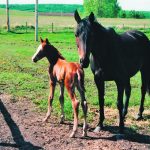
Placental disease can cause pregnancy loss in farm animals
In health, the placenta does the incredible task of supporting fetal development. But when abnormalities or disease occur in this organ, pregnancy loss or poor-doing offspring are the result.



